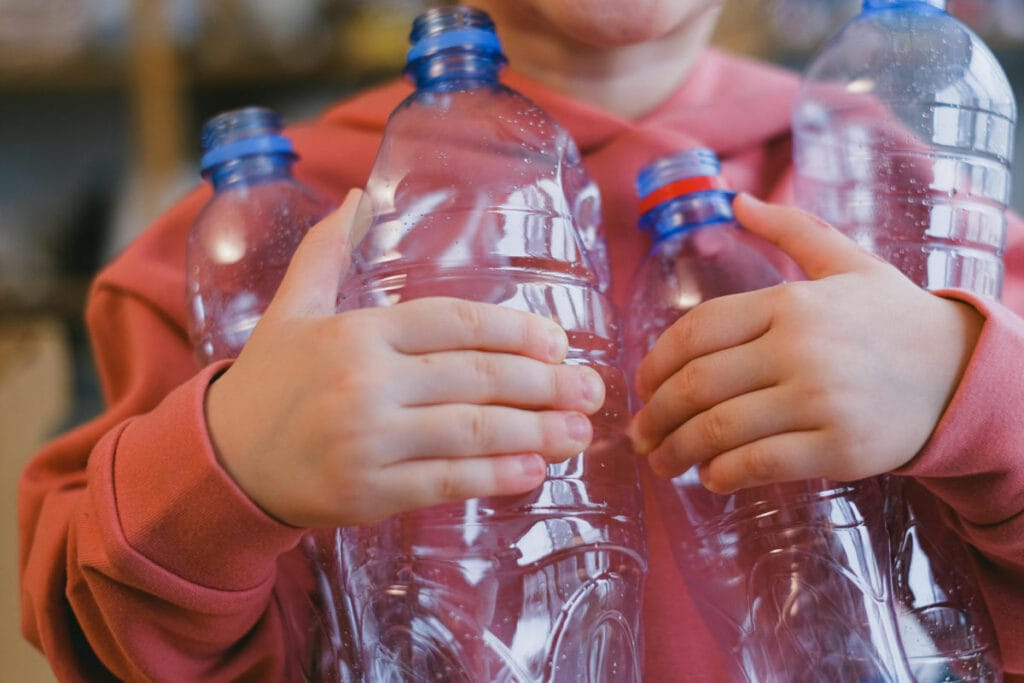
Community Involvement in Successful Recycling Programs: Why Is it Essential?
These days, most of us are fully aware of the benefits of recycling, especially in terms of the environmental impact. What we might not be aware of is the importance of community involvement for truly successful bottle recycling programs.
Without “buy-in” from community members, who are the ones completing the first crucial step of sorting their recyclables and dropping them off, even the most well-funded and ambitious bottle recycling program is unlikely to succeed, let alone achieve major environmental impact.
Benefits of Community Engagement in Bottle Recycling Programs
With higher rates of community engagement in bottle recycling programs come the following key benefits:
Higher Recycling Rates
As you may have guessed, getting the community more engaged in any program is one of the best ways to increase the overall rate of participation. Involving the community in decision-making surrounding local recycling programs typically contributes to a variety of perspectives, including the possibility of even more innovative solutions.
Collaboration also ensures that community members have a stake in their recycling programs and are more likely to participate consistently and enthusiastically – and they may even talk the program up to their neighbors, encouraging them to do the same. In other words, taking ownership of their community recycling programs helps community members stay motivated to participate.
For example, after CLYNK’s innovative platform for recycling bottles, cans, and other containers was instituted in Oregon, CLYNK-powered services have grown by double digits each year. CLYNK’s technology allowed Oregon to achieve the highest redemption rate in the United States: at an amazing 90 percent.
Reducing Waste in Landfills and Oceans
This benefit is fairly self-explanatory, but it’s worth mentioning since it’s incredibly important for human and environmental health. The higher our rates of recycling, the less our recyclable waste adds to the estimated 262 million metric tons of trash annually relegated to U.S. landfills or, even worse, the 75 to 199 million metric tons of plastic waste currently polluting our oceans. Increasing community engagement in bottle recycling programs is one piece of the puzzle in the urgent effort to keep recyclables out of landfills and oceans.
How to Engage Communities
Here are some of the most effective methods used to engage communities in local recycling programs:
Integrating Recycling into Education
understand its importance, which makes them more likely to participate in recycling programs and to encourage their families and friends to do so as well. There are a number of ways to accomplish this:
- Science classes can teach more about recycling through a variety of experiments, participatory projects, and even field trips (more about this in our section on involving local businesses).
- English classes can tackle the subject by having students read essays and/or books (both fiction and non-fiction) about recycling-related environmental issues of ocean plastic pollution. They can even be asked to submit essays and participate in other writing exercises on this topic.
- Math classes could use real data on rates of recycling and waste production to help students connect mathematical concepts in the field of statistics to real-world environmental problems.
These are just a few examples of the many ways teachers can help their students understand the importance of recycling through their educational curricula.
Awareness Campaigns
Integrating education regarding recycling benefits into school curricula may help kids and young adults
Members of local government and non-governmental organizations (NGOs) can raise awareness of the importance of recycling by creating and distributing persuasive posters throughout the community, including at community centers, schools, parks, libraries, and other public spaces. This can be a terrific opportunity to clear up any confusion about recycling, including which items can be recycled, proper sorting protocol, the locations of collection points, and more. This same information may also be distributed via social media platforms to more effectively reach younger audiences as well.
Involving Local Businesses
One of the most effective ways to increase a community’s engagement in their local recycling programs is by getting trusted local businesses more involved. Community members are likely to have existing, and long-standing relationships with these businesses, which makes their visible support for, as well as participation in, local initiatives especially valuable.
One way to accomplish this is by establishing convenient drop-off locations for recycling at popular local businesses which already receive lots of traffic, such as a local grocery store. The more convenient these recycling drop-off points are, the more likely it is that community members will take part in these efforts.
Partnering with local waste management companies that are involved in recycling can also help to raise awareness. Schools may also collaborate with these companies to organize field trips to locations such as recycling and waste management facilities. Seeing these facilities firsthand commonly helps students understand that increased waste isn’t just an abstract concern, but a real-world problem that can seriously affect them and the world around them.
Learn More About the Ins and Outs of Recycling
To discover more valuable info about recycling, visit the CLYNK Blog on a regular basis for new articles. You’ll find stories about CLYNKers and CLYNK staff as well as articles that cover broader environmental trends, impacts, and events. Keep an eye out for contributions from a variety of insightful guest bloggers, too.